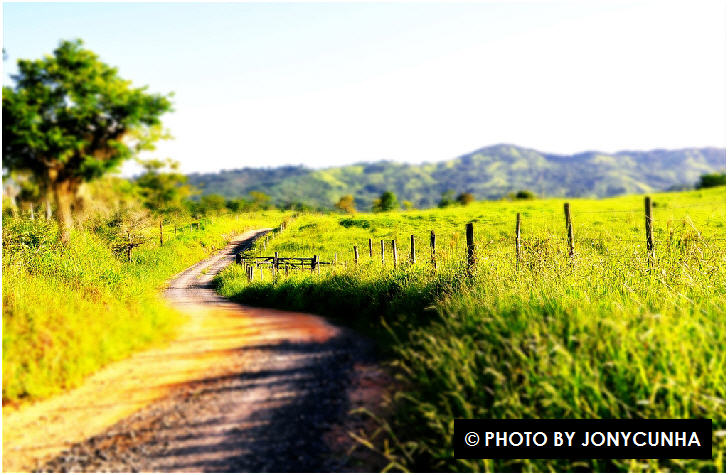
Photo credit: Jônatas Cunha
As the saying goes, “Difficult roads often lead to beautiful destinations.” In this case, off-beaten paths, lead you to some of the most amazing and beautiful destinations in the world. Are you prepared to ride more than 40 hours on the train? Or brave a land of extremes coldness and dryness? Perhaps, you would fly 800 miles and then drive on challenging dirt roads 200 miles for the most beautiful cave network in the world? Whichever you choose, you will not be disappointed.
Beautiful Destinations down the Off-beaten Paths
1. Tibet
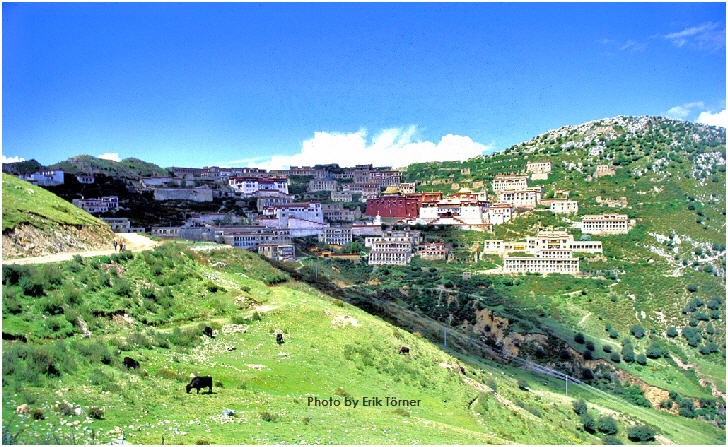
Tibet, Ganden monastery – Erik Törner
Tibet, often called the “roof of the world” or what a friend said, “the closest land to heaven”, is the highest region on Earth (according to Wikipedia), with an average elevation of 4,900 metres (16,000 ft). Locked away in the mountain of the Himalayas, it has been a mystery to the outside world for centuries until its doors were finally flung open in the mid-1980s. In recent years, due to increased interest in Tibetan Buddhism, tourism has become an increasingly important sector. This mysterious Buddhist kingdom is further made more accessible in 2006 with the Qingzang railway, linking Lhasa, the Tibet Autonomous Region to Qinghai Province. Today, the easiest way is flying to Tibet from Beijing, Shanghai
, Chengdu
or Kathmandu
within 2 or 3 hours. However, taking a train to Tibet is the top choice for many foreign tourists to Tibet because of the breathtaking scenery along the Qinghai-Tibet Railway. So sit back and relax, it will take more than 40 hours to get to Tibet by train.
2. Antarctica

Antarctica – Photo by Christopher Michel @ChrisMichel
Antarctica, a land of extremes, is the coldest and driest continent on Earth and has the highest average elevation. As the fifth largest continent in the world, it is also the most Southern, overlying the “South Pole”. The enormous mountain ranges and ice shelves highlighted the insignificance of humanity and the grandness of nature. Scarcely touched by humans, visitors to Antarctica generally must brave rough sea crossings aboard ice-strengthened vessels, but those who do are rewarded with amazing scenery and tremendous and unique wildlife.
3. Easter Island, Chile
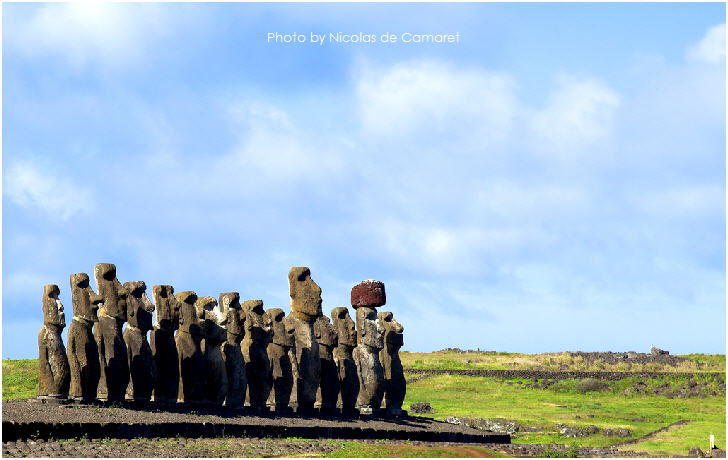
Photo by Nicolas de Camaret
Located in the South Pacific more than 2,000 miles off the Chilean coast, roughly halfway to Tahiti, Easter Island’s not the easiest place to reach. Early settlers called the island “Te Pito O Te Henua” (Navel of The World). It is most famous for its enigmatic giant stone statues, built centuries ago, which reflect the history of the dramatic rise and fall of the most isolated Polynesian culture. Due to its extreme geographic isolation, many people assume that only the highly intrepid traveller can get to Easter Island. In fact, the island is accessible by regular commercial air service to its Hanga Roa airport. Still, it is rather “out of the way” for most people, with a minimum of more than 5.5 hours in the air from the nearest continent, and very limited routes to get there. The only regular flights are from Santiago de Chile or Tahiti.
4. Bhutan
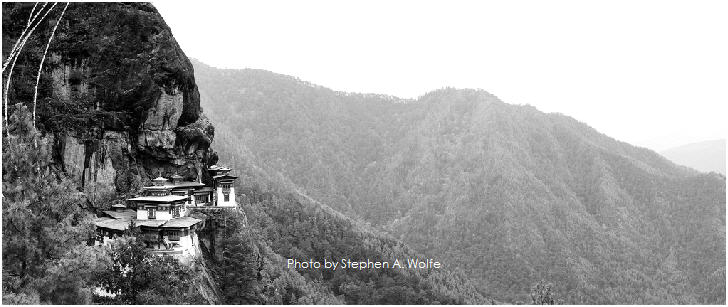
Photo by Stephen A. Wolfe
Bhutan, the tiny Kingdom which has been called “The Last Shangrila”, is a mysterious and magical small country in the Himalayas between the Tibet Autonomous Region of China and India. It was previously only accessible by foot from two main entry points, one in the North (through Tibet) and another from the South (through the plains of Assam and West Bengal). The high, frozen passes in the North and the dense, jungles in the South made it extremely difficult to enter the country. Bhutan is more accessible now with a network of roads entering and traversing the country, as well as one international (Paro) and multiple domestic airports. The national airline Drukair flies from Thailand, India, Nepal, Bangladesh and Singapore to its Paro International Airport, located in the west of the country. You can find useful travel tips and requirements before you head there at Tourism Council of Bhutan.
5. Ittoqortoormiit, Greenland
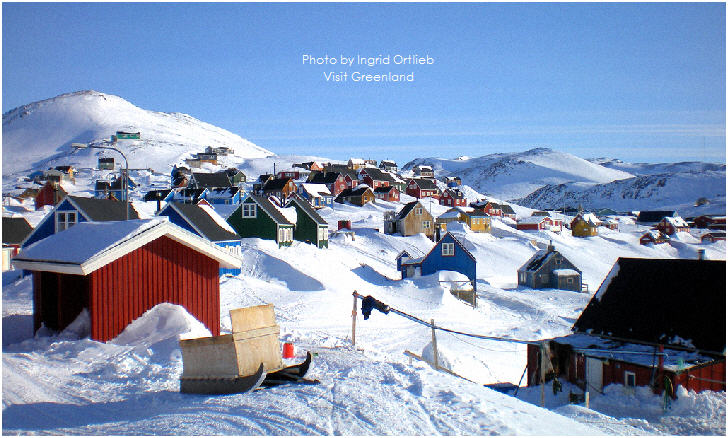
Photo by Ingrid Ortlieb – Visit Greenland
Ittoqqortoormiit (means “Big-House Dwellers”), formerly known as Scoresbysund, is the most isolated town in easternmost Greenland, where dog sledding, expedition cruises and wildlife dominate the opportunities for adventure. For many guests, just getting to Ittoqqortoormiit is in itself an adventure, as the town is almost as far as one can get from any other inhabited area in Greenland. The sea ice blocks ship access to the town for about nine months of the year but Ittoqqortoormiit has nevertheless become an important cruise destination for small expeditionary vessels exploring the nature, wildlife and culture of Northeastern Greenland.
The journey to Ittoqqortoormiit takes place with Air Iceland via Reykjavik, Iceland, from where there are generally two weekly flight connections from the end of March until the end of October, and one weekly connection during the rest of the year. One can also reach Ittoqqortoormiit via Air Greenland from Kangerlussuaq
and Kulusuk. Several expedition cruise ships also call at Ittoqqortoormiit. Click here for more information on Ittoqqortoormiit.
6. Marble cathedral, Chile
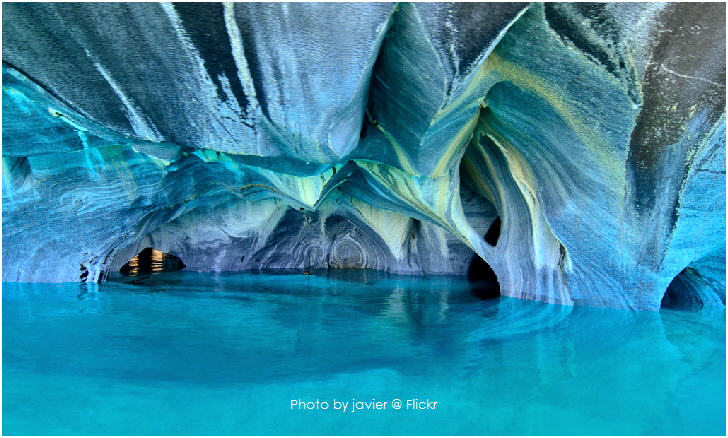
Photo by javier
This could probably be considered to be the world’s most beautiful cave network. The Marble Cathedral, a spectacular network of water-filled marble caverns, is set in the General Carrera Lake (South America’s second largest freshwater lake) in Patagonia, Chile. However, to reach this wonder of nature, you’ll have a long journey to reach it; located in the far southern tip of the country, visitors must fly from capital Santiago, 800 miles to the next nearest large city, Coyhaique and then drive on challenging dirt roads 200 miles south to the lake.
7. Sahara Desert, Morocco
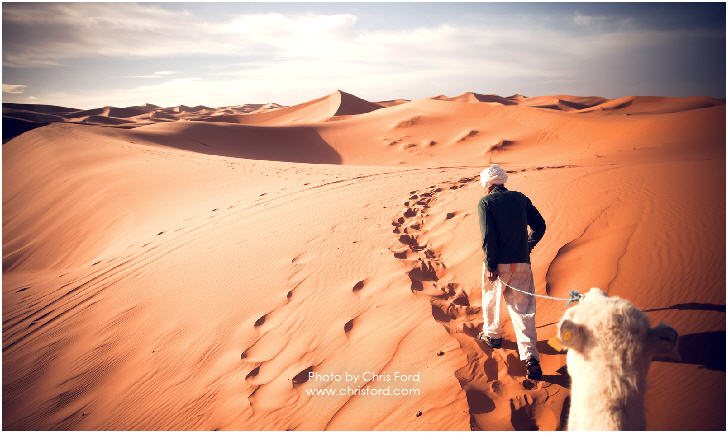
Photo by Chris Ford
According to Encyclopædia Britannica, “(Sahara) Largest desert in the world, encompassing almost all of northern Africa. Covering an area of about 3.3 million sq mi (8.6 million sq km), it is bounded by the Atlantic Ocean, the Atlas Mountains, the Mediterranean Sea, the Red Sea, and the Sahel region. It includes portions of several countries, including Morocco, Algeria, Tunisia, Libya, Egypt, Mauritania, Mali, Niger, Chad, and The Sudan.
In the words of Chris, “Sand under your feet. Sand in your hair. Sand in your pockets. Sand in your camera. Sand gets everywhere when you’re touring the Sahara Desert of Morocco. It’s a good day-long bus ride to the southern borders of Morocco. Here the landscape turns from a martian-like desert terrain to the full blown dune landscape of the Sahara Desert. The views are spectacular and you truly feel millions of miles away from society. So saddle up and you best get comfortable on your camel – it’s a long trek into the desert. Browse more photos from Chris
8. Mount Waiʻaleʻale, Kauai, Hawaii
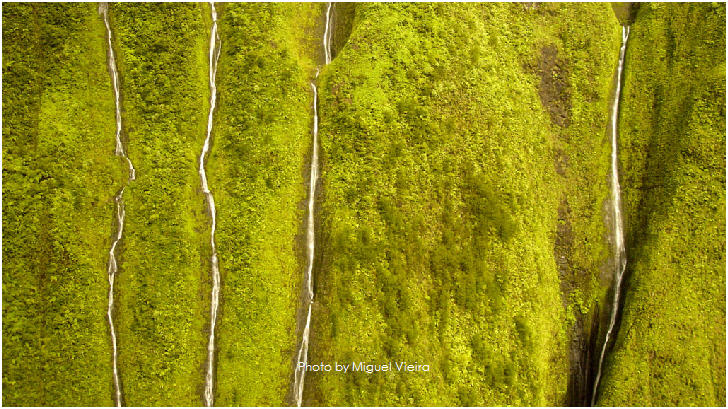
Photo by Miguel Vieira
Mount Waiʻaleʻale, often spelled Waialeale in English, is a shield volcano and the second highest point on the island of Kauaʻi in the Hawaiian Islands. Its name literally means “rippling water” or “overflowing water.” This volcanic mountain and weathered crater stands at 5,148 feet (1,569 m) is one of the rainiest spots on Earth averaging 450 inches of rain a year. There are a few hiking trails in the area. However, there is no access to the summit of Wai’ale’ale. According to Amusing Planet, “Mount Waiʻaleʻale isn’t easily accessible on foot. The sides are near vertical and ground is covered with trees and plants with a thick undergrowth of ferns. There are a few hiking trails in the area.” The only way to see the summit and the deeply etched waterfalls lining the crater walls is by helicopter but it really depends on your luck as the area is usually shrouded with clouds.
9. Phuktal Monastery, Zanskar, Ladakh District, Northern India
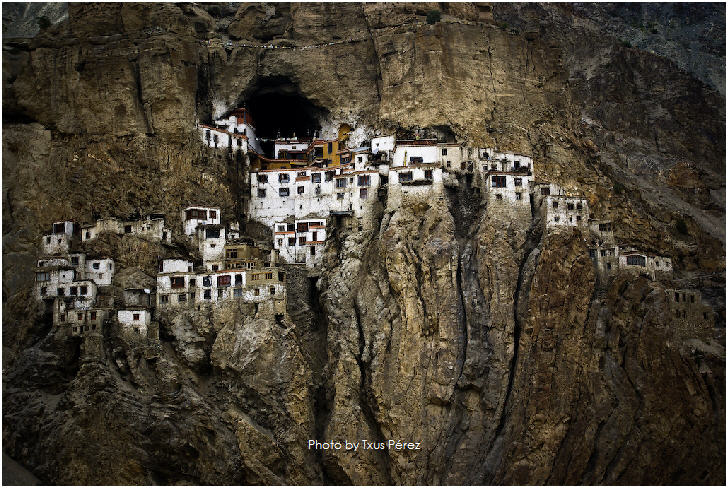
Photo by Txus Pérez
Phuktal Monastery or Phuktal Gompa is in Zanskar region in Ladakh district of Jammu and Kashmir and stands at the mouth of lateral gorge of the Lungnak or Lingti-Tsarap River. The name Phutkal means cave in the local language. It is made of mud and wood, has four prayer rooms and a library. From a distance, the monastery looks like a honeycomb. Being one of the most isolated monastery in Zanskar, Phuktal can be reached on foot only. Starting from Padum, the biggest town in Zanskar, you have to drive for a few hours to Raru where the trekking starts. From Raru, a day or two walk will lead you to Phuktal via two small villages – Chatang and Purne. The monastery is about 7 km from Purne. From Travel.india.com, “Mid July to September is the best time to visit Phuktal as rest of the months Kargil-Padum road is closed due to snowfall.”
10. Uyuni Salt Flat, Bolivia
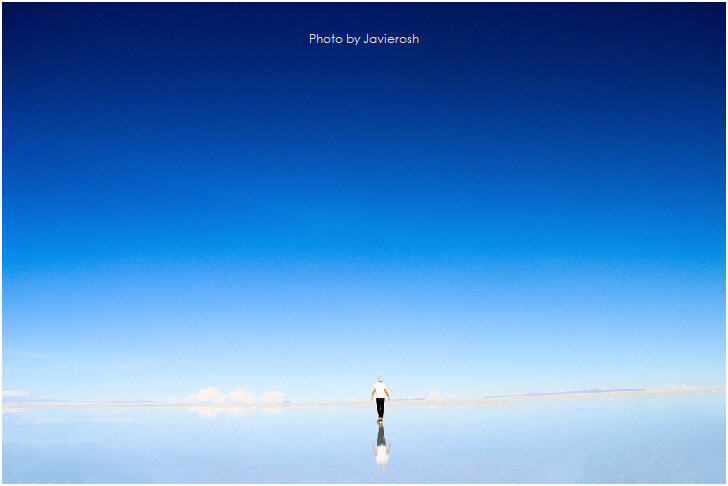
Photo by Javierosh
Salar de Uyuni, where the earth and sky merge into one to create dreamy landscapes. According to National Geographic, “A great lake covered this area 16,000 years ago. When it dried up, it left a 4,000-square-mile basin of salt, the world’s largest such deposit. It’s also one of Earth’s flattest places—relief varies by less than 16 inches.” The Uyuni Salt Flat is located in the Potosí and Oruro departments in southwest Bolivia, near the crest of the Andes and is at an elevation of 3,656 meters (11,995 ft) above mean sea level. In the dry season, the salt plains are a completely flat expanse of dry salt, but in the wet season, the salty crust becomes a giant mirror. The Uyuni Salt Flat is also exceptionally rich in lithium and makes up 50 to 70% of the world’s lithium reserves.
Travelers now have the option to fly directly to Uyuni from La Paz or Santa Cruz. You may also consider bus or train to Uyuni from La Paz (~ 12-15 hours by bus), Oruro (bus or train) and Potosi (~ 7 hours by bus). According to Lonely Planet, “… guided tour only from Uyuni, Tupiza or San Pedro de Atacama across the border in Chile” Due to the harshness of the terrain, vehicle breakdowns are common, but if you can put up with a bit of hardship you will not be disappointed. Have great fun and be silly!
- Stay For Good-New Travel with a Purpose Programme - May 18, 2023
- Cassia Phuket Pet-Friendly Hotel - April 12, 2023
- Spotlight on Travelling in Amsterdam, Holland - April 10, 2023